As one of the most distinctive shows on the small screen, The Bear has an unmistakable aesthetic that’s established it as a critical, commercial, and now awards season darling.
One of the key creative figures in bringing the Hulu sensation to life behind the scenes is editor Joanna Naugle, who recently landed a Primetime Emmy nomination in the Outstanding Picture Editing for a Single-Camera Comedy Series category for the pilot episode “System,” which immediately set out a stall for not just what the series is about, but how it feels.
We Got This Covered had the chance to speak to Naugle about her work on The Bear, where we dig deep into everything from the reaction to her nomination through to the unusual instructions she received from showrunner Christopher Storer, via her process for orchestrating the visual chaos of the kitchen sequences to her work on Netflix animations Human Resources and Big Mouth, which you can check out below.
![Naugle, Joanna[1676]](https://wegotthiscovered.com/wp-content/uploads/2023/08/Naugle-Joanna1676.jpg)
My first question is an obvious but still important one, how does it feel on a personal and professional level and get this sort of recognition for your efforts having landed an Emmy nomination for your work on The Bear?
It’s so cool. It was very surreal. And when I saw the list of the nominations, and my name was on it, it was like this very kind of out of body experience, where I was like, “Oh, my God, those are all against shows that I really like, and editors I really look up to.” So it’s just really awesome. And I love working on the show so much. So being able to get, you know, the critical recognition and have so many devoted fans. It’s really just, it’s more than I could ever dream and imagine. It’s really amazing.
Presumably, working on Ramy led to your involvement in The Bear given that Chris Storer and a lot of other crew members have ended up being a part of both, to help hit the ground running in a sense by having that sense of familiarity with some key members of the post team?
Yeah, definitely. And, you know, it really goes back even further, too. I’ve been working with Josh Senior at Senior Post for over a decade now. And so we’ve been working together – and have literally worked on countless projects – that we have a really easy shorthand and have all these different, previous experiences that we can relate to. If we’re trying to work on a scene, he’s like, “Remember the video we cut in 2017, I think this needs to be like that.” And I’m like, “Oh, my gosh, yes, you’re the only other person who would know that reference.”
So having him, working with him on basically every show I’ve ever worked on, and now The Bear just makes it easier to get to a place where everyone’s happy with the edit, because I know his tastes so well, we collaborate so well. And when we met Chris working all together on Ramy, he just fit in so easily to this kind of workflow that Josh and I had already built between each other, and with Senior Post. And Chris is just such an enthusiastic, and generous and, creative collaborator that I just loved working with him on Ramy.
And it was great to work with him on the show where his role got to expand even more, and it wasn’t just doing the director’s cuts, but also weighing in as the creator of the show, director of many episodes, writer, you know, he wears many hats, and he wears them all very well, and is an exceptional leader, and just encourages everyone to bring their best to the table and think outside the box. And gives everyone a lot of freedom, I think, to bring something to the table and experiment. And I think that really comes through in The Bear. You know, there’s such a clear vision of Chris leading the charge, but also I think he makes room for all the different departments to show off and feel like they’re really making creative choices. And yeah, just making the story feels so authentic and engaging.
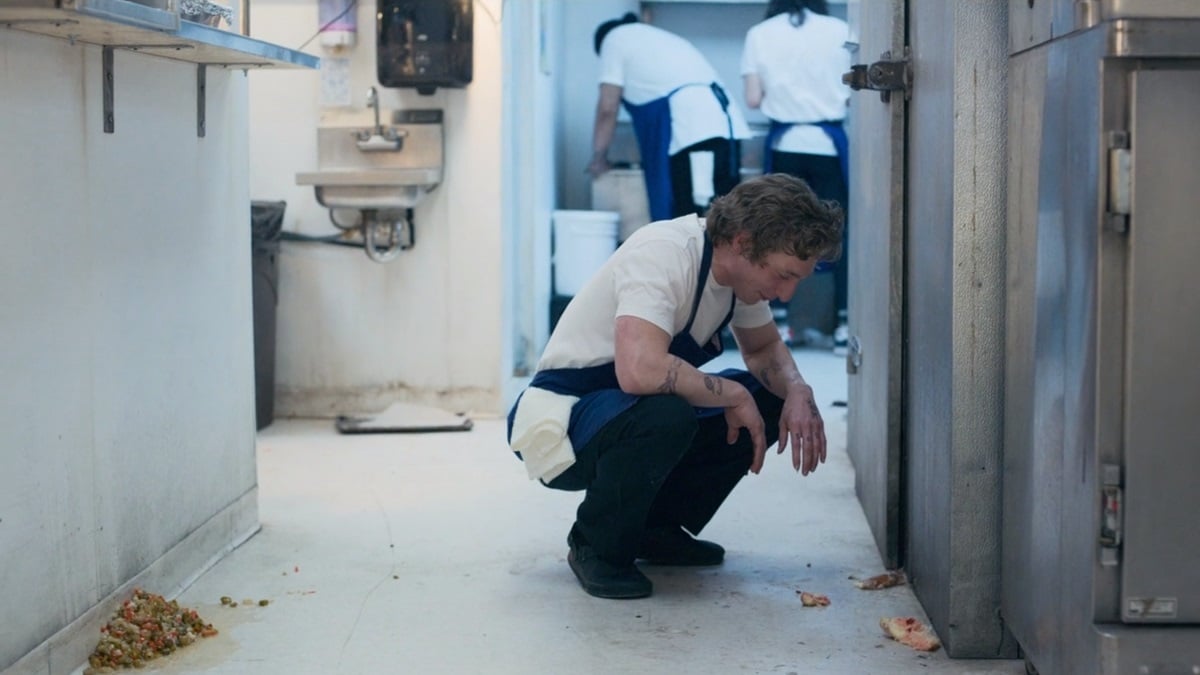
I was a chef for a very long time and worked in a few high end kitchens during that period, so first off I need to both congratulate and chastise you for recreating the insanity of that environment. It brought a little too much flooding back to me, to be perfectly honest.
Oh no! I know, it’s always a huge compliment when people are like, “Oh, I worked in kitchens for many years, and it feels so realistic.” And I’m always like, “Thank you, and also I’m sorry.” It’s dramatic not having worked in a kitchen to re-watch some of those scenes, so I can only imagine! Chris’s sister is a chef in real life, Courtney Storer, and she would always talk to him about how that sound of the ticket machine to have orders coming in at all hours of the day. So that’s something we’ve really leaned into. And sounds like maybe you can relate to that too, Scott.
Absolutely. It’s been a while, but that noise still haunts my nightmares occasionally.
Yeah, definitely. It’s a very specific sound. And I think if you know what it is, it can make your hands start sweating immediately.
Having spoken to the sound team a couple of weeks back, the word “chaos” came up more often than not, but in a good way obviously. Is that a term you’d agree applies to your contributions to The Bear as well?
Yeah. I would say, I think the show is all about leaning into the chaos when it feels appropriate. And also trying to show progress along the way to having controlled chaos, the more they become better leaders and better communicators and better chefs. And I think the starting point for the entire series, the very first episode, Chris just told me, “It should feel like hell, it should feel like Carmy’s drowning, it should feel like he’s so overwhelmed.” And so I think we wanted to start at the ultimate chaos and really have audience members question like, “Who would choose to come back to a place like this? It’s horrible.”
And of course, that’s what we try to explore over the course of season 1 is, you know, there’s a lot of reasons that Carmy comes back, related to his family, related to wanting to prove himself to the people around him. And then hopefully, throughout the course of both seasons, we get to see a little bit more progress . There’s still those moments of chaos, but it starts to be a little bit more controlled, a little bit more manageable, and they get a little bit better at dealing with all the stressors around them, and not just letting things fly off the handle the way they do. And, you know, season 1, episode 7 is when things just spiral out of control.
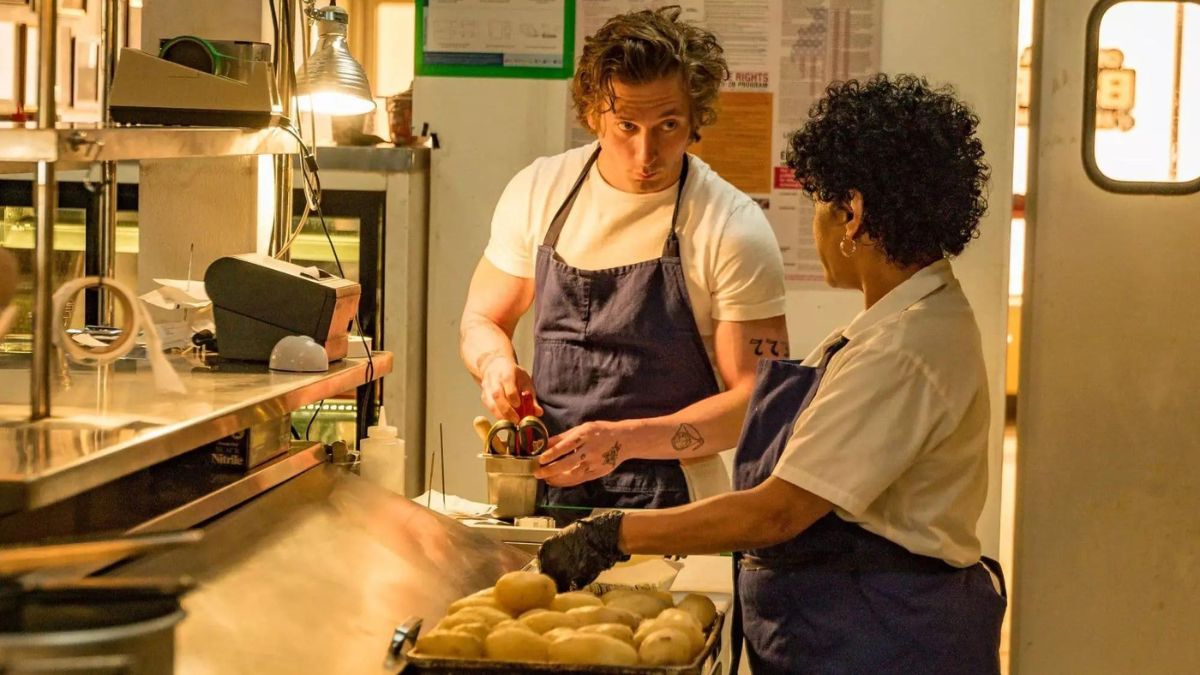
They said their instructions were to make it so intense that you’d want to switch it off and change the channel, but in a good way. Did you get any unexpected insights along similar lines?
Yes, definitely. I mean, I’d never gotten the note to “make it unwatchable.” I was like, “Oh, whoa, okay, cool. This is new, this is different.” But Chris just had such a great idea of the vibe that he wanted to portray from the very first scene, and we intentionally really wanted to make sure things started off with like a shotgun, and then we were just off to the races. And that’s really what that first montage was supposed to be. And originally, it was scripted to be a bunch of different scenes, and it felt very segmented, it felt a little bit slower.
And he was like, “I think we just need to set up the pace of the show, it’s gonna be, hopefully, unlike anything anyone’s ever seen on TV before.” And just be like, “Okay, this is the pace and the vibe, and the tone we’re setting. Are you in, are you out?” And not being afraid to just lead with confidence, give people just enough exposition to have them hooked, but also not hold their hands through the entire process in a way that felt a little bit more conventional or a little bit more like we were spoon-feeding things to the audience.
We kind of like overwhelm people with a lot of information all at once, and just enough to be like, “Okay, I’m curious to see more about who Carmy is, a compelling world that The Beef has created. And that’s spending time to be like, “Oh, this is what this lingo means, this is this,” it’s like you’re just picking it up as you go along and realizing when people are saying, “Yes, chef” or “behind” or “corner” or “hands.” And then it just feels a little bit more, I think, rewarding to the audience, if you have to lean in a little bit and pick up on those clues, and find a little bit of your own context for what’s going on.
I think that just makes people a little bit more invested. And it’s not a show that you can really watch while doing something else. I think we like demand people pay attention. And I love that, I love being like, “Pay attention to us!” And that’s what that really intense pace and music and overlapping dialogue, I think really communicates to people.
How much footage do you end up being hit with at the one time when it comes time to edit together a single episode of The Bear?
I mean, to be honest, I feel like they shoot really economically. It’s not like Chris and Joanna Calo and the other directors are really shooting, shooting, shooting, I feel like they go in with a very specific vision. And when they get it, they’re like, “Okay, great, let’s move on.” So it’s not like we’re drowning in a ton of takes. But there are some times where they cover a scene from multiple angles. And then once we’re in the edit, were like, “You know what, this should just play out and like a long oner.”
And obviously, sometimes they’re extremely intentional, like episode 7 of season 1, which is entirely a oner. But also, there’s a scene in the next episode where Carmy’s giving this monologue, and it’s the first time we’ve really heard him be really straightforward in how he’s feeling, and describing his love of food and its connection with his brother. And originally, we were kind of cutting around, seeing some reactions from people sitting in the space, showing a few different angles of Carmy. And then we eventually just kept removing them, removing them, and being like, “This feels like it should just be on him.” Jeremy Allen White is such an incredible performer.
We wanted to just feel like we’re experiencing this in real time, as if we’re sitting in one of those chairs listening. So yeah, I think sometimes they have the coverage to make something feel a little bit more fast-paced, or have more cuts. And that definitely is something we always try to question, you know, “Is this a moment that deserves to be a little bit slower?” And I feel like I always talk about the contrast between having very fast-paced intense moments, but then pairing them with really slow moments, too.
Because if you’re always just going “fast, fast, fast, fast, fast,” it’ll start to lose its effect, you’ll get used to that momentum and that acceleration, but if you have a moment where you’re just hanging on Carmy scrubbing the floor for 45 seconds and then all of a sudden they’re in a panic attack nightmare sequence, that’s going to hopefully make you sit up on your couch and feel that sudden drop in your stomach of, “Oh my gosh, now the calmness has been interrupted.” I think that’s the power of editing, is being able to change that manipulation of time, and all of a sudden have people well into something really comfortable be forced into something that’s really fast-paced and uncomfortable.
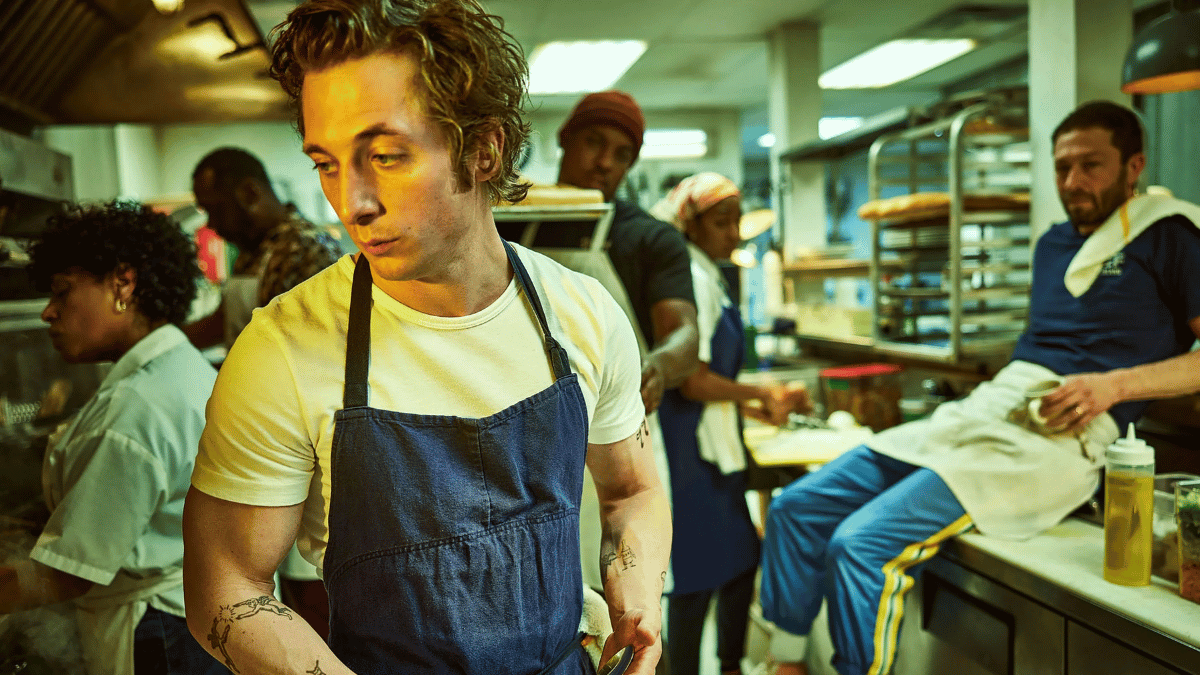
What’s your process for cutting together an episode relative to the shooting schedule? Are you typically working on one episode at a time, or are there a couple of episodes on the go simultaneously depending on what you’ve got to work with and how far along the other departments are?
So we were getting, more or less, we’re trying to shoot in order, but we definitely were getting kind of little sections of various episodes. So they were definitely coming in out of order, it kind of depended on cast availability on locations. And so, because season 2 we leave the kitchen so much more and there’s construction going on, but everyone’s kind of going out on their own journeys, it felt a little bit more like we’d get piecemeal things depending on who was available to shoot.
So yeah, as the scenes are coming in, I always try to stay up to date with the dailies. I start either the same day as production or a day or two behind, so that it doesn’t feel like when I’m starting, I’m trying to play catch up. I really liked being able to be 24 hours away from what’s going on in Chicago. And so when the footage comes in our are amazing AEs prep it for me, and Adam Epstein – the other primary editor – and I just try to get my hands dirty, and start looking at the footage trying to assemble it. And you know, there’s nothing more intimidating than a blank timeline and saying, “Okay, this is eventually going to have to be an amazing episode of TV.”
And I think the way around that is just to go shot by shot, line by line, scene by scene, until you build out the episode. So I always try to get at least a rough assembly of each scene down as fast as possible, because it’s also really helpful while people are in Chicago, if you realize we need an additional shot, we realized something isn’t working, there is the possibility that while they’re on set, they could just grab an extra pickup, they could get a little something extra.
95 percent of the time have exactly what we need. But there have been a couple of times in both seasons, where we’re like, “If we had a little bit more of this, or if we were able to build this little scene, I think this would help with the overall season arc.” And it’s amazing, it’s such a luxury to be able to do that. But if we weren’t cutting simultaneously, and trying to stay as close to the shooting schedule as possible, those things might not become clear until way later, when it’s too late to do a complete reshoot.
In terms of tools, Premiere Pro was your weapon of choice for The Bear, was that always your preferred software or was it something you weren’t overly familiar with beforehand?
I’ve used Adobe Premiere on basically every project I’ve cut, since I don’t know, maybe 2014. I originally learned on Final Cut 7. And then that ended up not being able to keep up with all of the updates. And so I made the switch to Premiere Pro and never looked back. And it works amazing for The Bear because of Adobe Productions, where we’re able to – even if we’re all working remotely – we can access the same media, we can have shared projects, so we can pop in and all look at all the B-roll of Chicago or construction or the kitchen, of all the different processes that happen throughout cooking.
Whether it’s The Beef, whether it’s Marcus making bread, we have access to all of that, and we can pull it into whatever episode is needed. Because one of the things I love about the show is that we really reuse a lot of footage, whether it’s in flashbacks or panic attacks. And I love being able to just easily hop into one of Adam’s projects and say, “Oh, can I use this shot, it’s really great.” And it’ll work well for Carmy’s anxiety in this moment. And so having the file structure of Adobe Productions, where we can all just be in and out of each other’s projects, instead of sharing drives or copying over media or having to remember to replace project files – because it’s not the most updated like that – would leave so much less time for the fun part and the creative choices. And it’s just worked really well for our workflow.
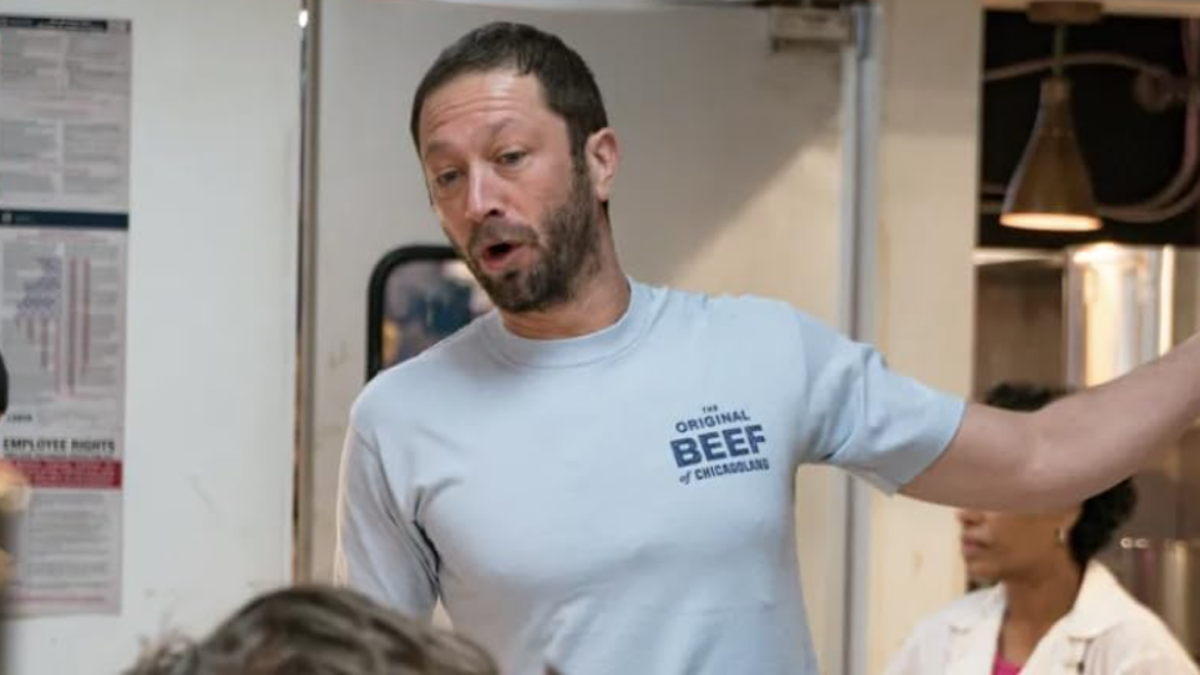
You’ve done a lot of different genres whether it’s drama, comedy, narrative, stand-up, and all the rest, so do you have to alter your process at all when you’re jumping from one medium to another, or do you have a method of working that you’ve found applicable to virtually everything?
I’d say I usually organize most of my projects in the most basic way, similarly, but for a comedy special it’s different, because it’s not like you have a whole bunch of different scenes that need to be organized, it’s like they’re usually do maybe two or three full performances. It’s a huge multi-cam with like eight or 10 different angles, but it’s really about just switching between the two performances. So that doesn’t require as much as a feature film, which might have 100 scenes in it, or a season of a TV show, which has all these different episodes that need to be siloed out.
So I’d say the overall construction of each project is the same, but I definitely try to customize it a little bit based on what the end product will be, the end length will be. I feel like if I’m doing a feature, I try to break the project down into reels, which is almost like breaking down a season of a TV show into different episodes. So there is some parallels, even if the the end result is different. And one thing my assistant editors often do for me is they’ll make like a line by line breakdown, if it’s a scripted show or scripted film, which means they’re basically taking every single take of every single line and putting it back-to-back so that when we get into scene work and I’m in an attended edit with the director, we can be like, “Oh, I feel this line just isn’t capturing the intensity we want,” or like, “Do we have something funnier?”
It’s really easy to just zero in on that one line, go back in, and watch them all back-to-back. And then usually it becomes abundantly clear, “Oh, this is the one that’s really doing what we want.” Because every step of the way, I’m trying to make my best guess of what the right take is. But as the episode morphs and changes, as the scenes around them change, sometimes you need to accommodate that. And I find that that’s just a really easy way to get really granular, and make sure every single beat of the scene is really furthering the emotion that we’re trying to capture.
Do you ever have to deal with the filmmakers getting too precious (for want of a better word), with their footage, when you’ve come in as a brand new set of eyes on what they’ve shot with the task of whittling it all down into the best possible episode in the amount of time necessary to deliver the best version?
I feel like especially early on in my career, when I was still a very new editor – I was very lucky, I got to go to NYU for film school – andit’s the blind leading the blind to little bit, everyone’s trying to figure it out. And early on, I think I would try to be like, “Okay, this scene isn’t working, we should just cut it.” And it’s tough. When you’ve written the material and you’ve directed the material, sometimes you’re also the star of the film, to let go of what your original vision is.
And so I think it’s our job as editors to help directors and writers – in a very supportive way – step away from what was intended on the page. They always say that the movie is shot three times, or written three times; the original version, when you shoot it, and then what comes through in the edit. So I always try to be the first most unbiased audience to the footage. And maybe the director is thinking about how lunch was that day, and the actor didn’t know their lines, and all I’m seeing in the footage is an amazing performance that came through, and the four takes that they did get.
So I think it’s important to help people separate themselves from the baggage and all the drafts and all the late nights. Obviously, that was important to the creative process. But now, once you’re in the edit room, it’s just like, “Okay, what’s working, what’s coming through, let’s lean into the strengths and not be afraid to discard the things that didn’t totally work.” And I think it takes a really creative and trusting collaborator to do that. And luckily, a lot of the directors I’ve gotten to work with, including Chris, is really good about saying, “Alright, that’s not working, let’s scrap it. What are other creative solutions?” That’s the most fun part of editing; the creative problem solving and getting to use all the tricks I have up my sleeve to really make something work.
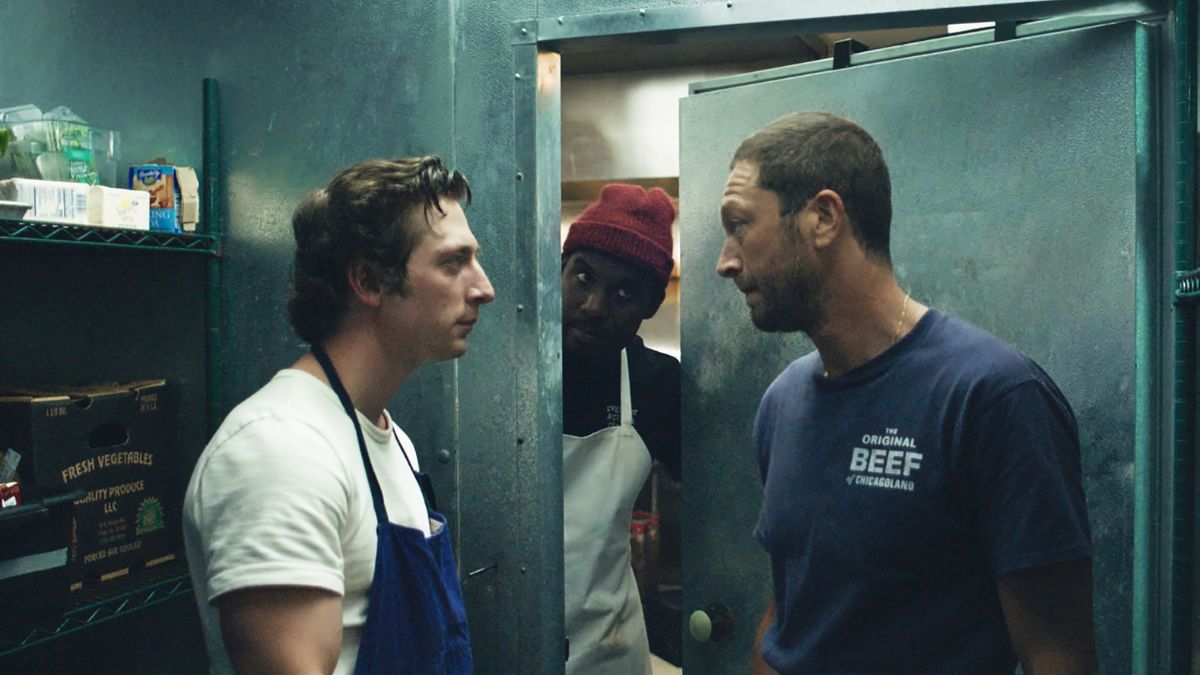
The Bear gained a lot of notice for its long takes and extended one-shot sequences, but what are those episodes like for you as an editor to cut together? Because the sound guys said that it’s a lot more difficult to make them flow seamlessly than an audience might think from watching it?
I mean, so the long takes on the episodes that I’ve worked on are actual long takes. So it’s not about finding places to find hidden cuts or anything. Episode 7 from season 1, which is kind of the first time we did that really extended take, I believe they did five takes and we just used take two that kind of nailed it straight out of the gate. But my job on those episodes is to really make sure that the intensity is coming through. And obviously before that, in season 1, we really used fast cuts and montages to set up this world, to create the visual language of the show.
So I think what Chris really wanted to do is make sure that vibe and that intensity we set up could come through even without changing the pace. So in order to do that, I spent a lot of time doing temp sound design and really building up every possible sound we could hear in this kitchen, taking wild lines and slotting them in, and we really tried to have someone checking in every few minutes to say, you know, “Three minutes open chef, 10 minutes open chef,” and just really making it feel like this ticking time bomb, and something was gonna go off. And on top of that, hearing the L-train going by, hearing the phone going off, hearing the buzz of the lights, hearing someone dropped a dish in the background, just making sure that all of those senses were really working that we could play with to add to the chaos and add to this building of tension and energy, and making sure the music really rode with that, to getting to play with that amazing track.
“Spiders (Kidsmoke)” by Wilco is such a fun one. And then it was great to have a nod to that at the finale of season 2. You know, having this long take where they’re going in and out of the kitchen and really intentionally leaning into what the soundscape was in both environments. We have score playing anytime we’re in the back of house when they’re in the kitchen, and things feel really intense, and then we transition to the front of house where people are eating. And we have diegetic music playing, and it’s a little bit more chill, and everyone’s enjoying themselves and really trying to juxtapose everything going on behind the scenes with what’s actually happening.
And then just as we’re leaning into that long take, thinking, “Oh, my God, are they going to do it again? Are things going to spiral out of control?” then we snap out of it. And we see Richie and Sydney take control of the situation. And we go into this really fast-paced montage where they have five minutes to get everything on track. And I think that’s one of the most intense sequences in the show, because it comes after this long take where you get used to not seeing any cuts. So then when you’re seeing four cuts every second, it’s like, “Oh, my gosh,” it really shows the energy shift and shows how things are changing, and how they’re not just going to spiral out of control the way they did in season 1.
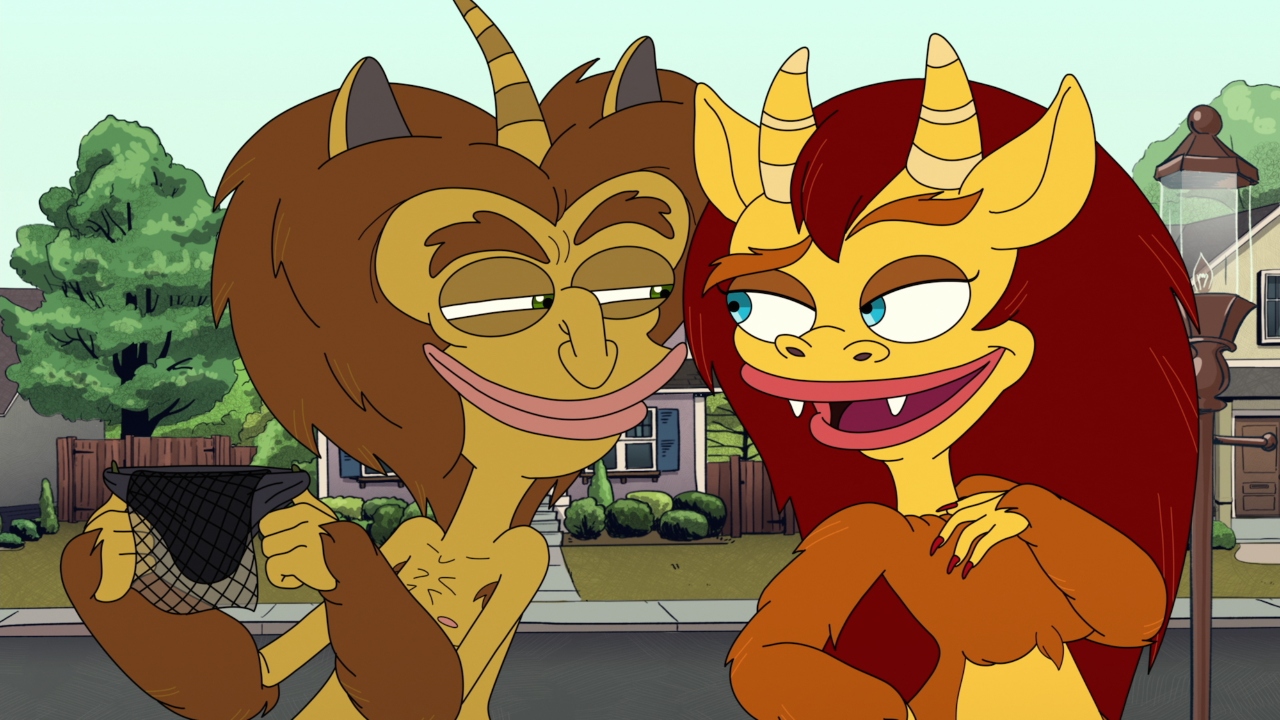
You’ve done some animation as well through Big Mouth and Human Resources on Netflix, was that a plunge you were always wanting to take at some stage in your career, and how did you find the experience in terms of its differences from live-action?
Working on Big Mouth and Human Resources was so fun, I was such a huge fan of Big Mouth ahead of time. So when I had a friend, who her husband worked on the show, she was like, “Hey, would you ever consider working on Big Mouth?” And I was like, “Oh, my God, of course, I love the show so much. And I’ve heard amazing things.” So I got to work on season 1 of Human Resources, and then season 6 of Big Mouth.
And it was such a different role, because obviously, it was cutting and it was storytelling, but I was at the beginning of the process instead of the end. So I was basically sitting in on all the recording sessions, and then making like a podcast version of the episodes, what they call would call a radio play. So it was really using all the sound effects, the music, chopping up the audio, and it took a little bit for my brain to adjust. Because, you can’t really chop up three different takes to put together a line if you’re seeing picture. So it really encouraged me to think about how we could really time out the comedy of each performance, and have a lot of control over what takes we were using, and mashing together different takes to really create a performance in the edit.
And it really helped me to, I think, really hone my sound design skills. And obviously, there’s a whole other team who goes in and creates an even better soundscape. But I think it made me even more confident going into The Bear where we do a lot of temp sound work to be like, “Okay, I really could only rely on audio in my last job.” That’s something that I just felt so much more comfortable saying, Okay, I think the sound effect will really sell the scene or really help this punchline to land. So it was really cool on Big Mouth and Human Resources to be like, “Okay, we’ve more or less locked the audio,” and then turn that over to the animators. And then they start building the animatic, and then the black and white animation, and then the color animation.
I’ve worked on stuff and then it would be like a full year, sometimes year and a half before the animation was done. So it was really fun to watch it online once they finish it and see like, “Oh, wow, it’s changed so much.” Normally I get to see every step of the way. And this felt like it was more part of the pre-production almost, than the actual post-production.
You’ve been nominated for “System,” but is that your favorite episode as both a viewer and an editor? Or is that like asking somebody to pick a favorite child?
A little bit of the latter, a little bit, they’re all my children! I mean, the pilot will always hold a very special place in my heart because we were just figuring out what this thing was. And it was such a fun adventure to go on with Chris and Josh. And there’s so many big conversations that go into a pilot of, we’re not just trying to tell a good story in half an hour, but we’re also inviting people into a world, we’re introducing them to characters, we’re establishing a pace, a tone, a vibe, and I think The Bear is so much about the vibe that we create, and a lot of that comes to comes through.
I think in the first episode, there’s so much music, there’s so many needle drops, there’s so many fast-paced montages, and cross-dissolve still photos, songs playing over top of each other, people yelling on top of each other. Like that’s something we really set up in the first episode and used that as a starting point for where the season and series would grow from there. So we definitely love that episode, and I’m very proud of the work we did.
One of my favorite episodes to cut, though, was the Christmas episode in season 2. I mean, that was just like, speaking of chaos, that’s probably the most chaotic episode, and the performances were just so unhinged in the perfect way. So getting to really create that world and just feel like the claustrophobia was building and building. And my favorite episode I didn’t work on was season 2, episode 7, that was an episode Adam Epstein cut, he’s so supremely talented and I just love seeing Richie’s transformation as he’s working at that beautiful restaurant, I think they just had some of the most rewarding moments in this season, and these victorious moments that really come through.
So I’m lucky that I’m a fan of the show, as well as a collaborator on it. It’s really great. And I love being able to watch Adam’s episodes or the other editors work and just be like, as a fan. I can’t wait to see it come to life. It’s really, really fun. I have things I love about all of them. And if I took my favorite scenes overall from the series, it would be from, I think, a bunch of different episodes. But I definitely have to say the pilot, just because it was my beginning of this journey. And I’m so grateful to be part of the show. So that wouldn’t have happened without the pilot.
Seasons 1 and 2 of The Bear are streaming on Hulu, and on Disney Plus for international audiences.

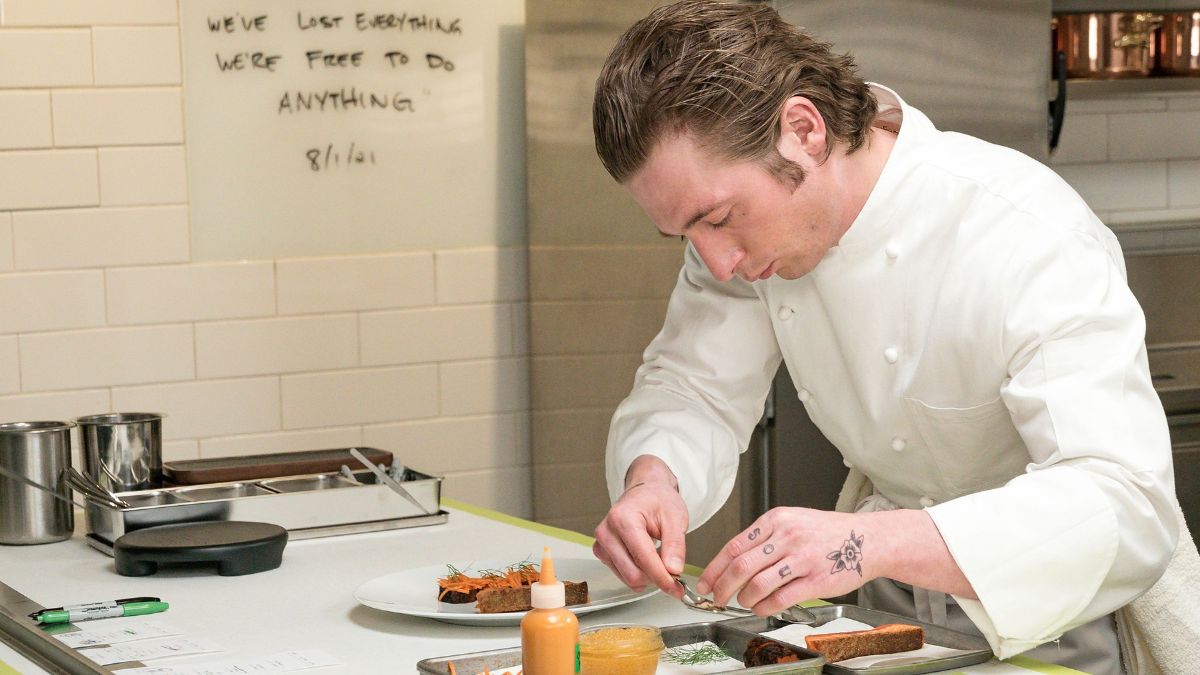
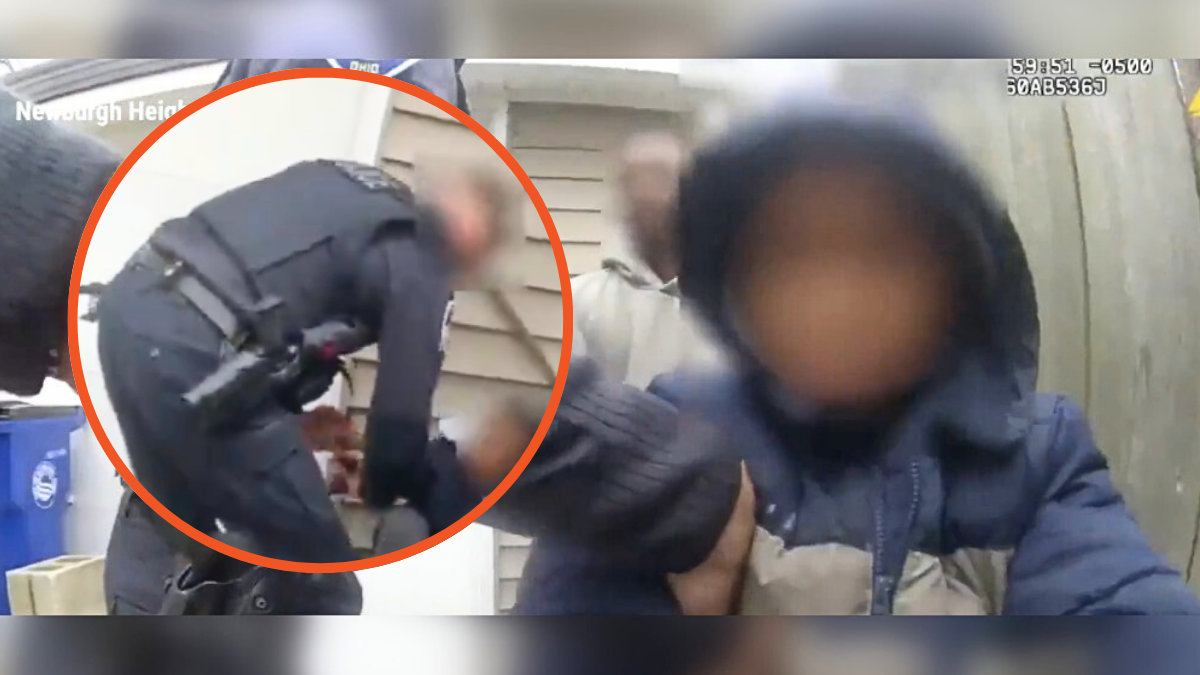
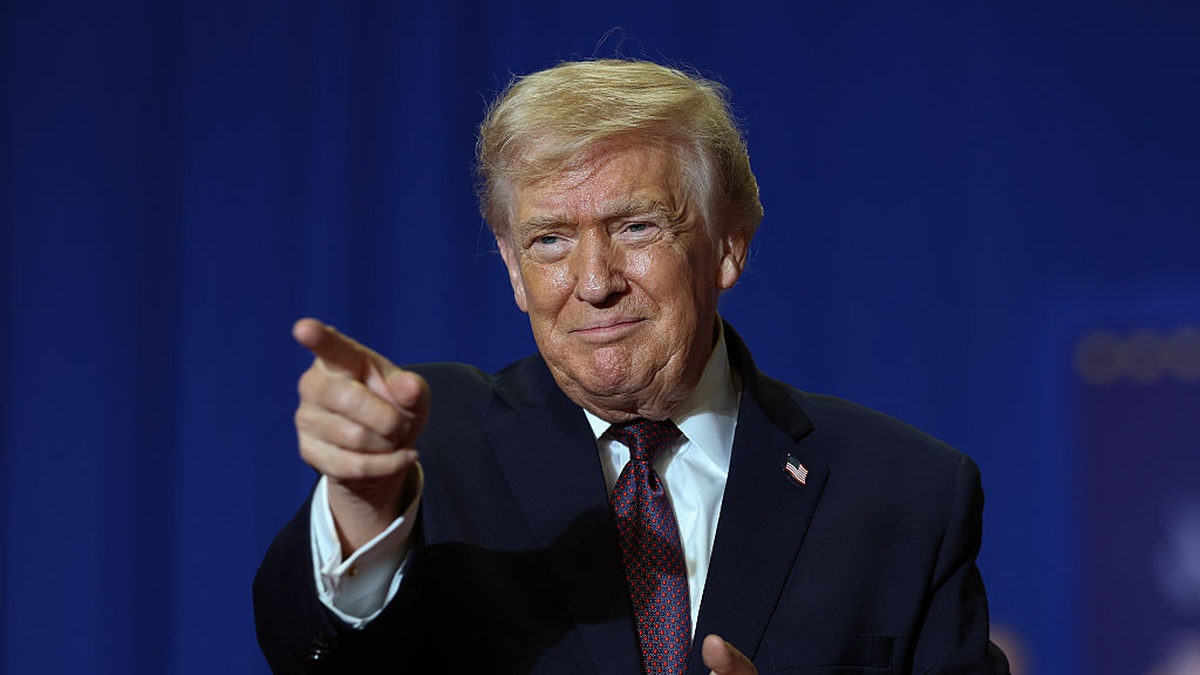
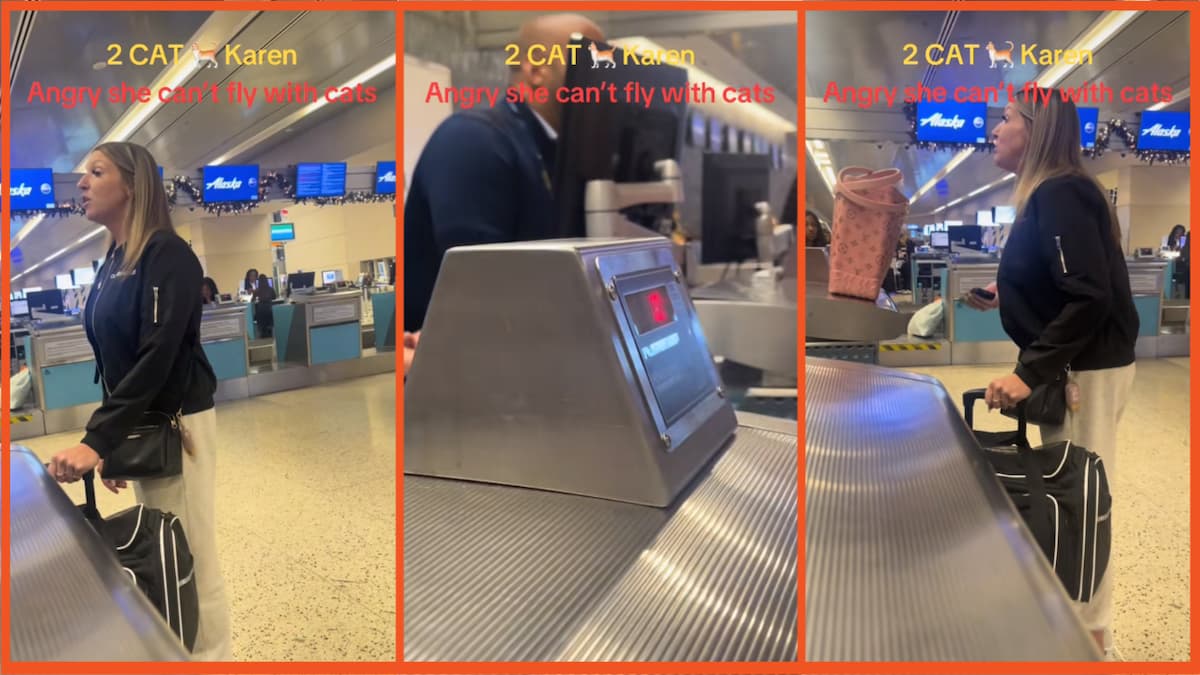
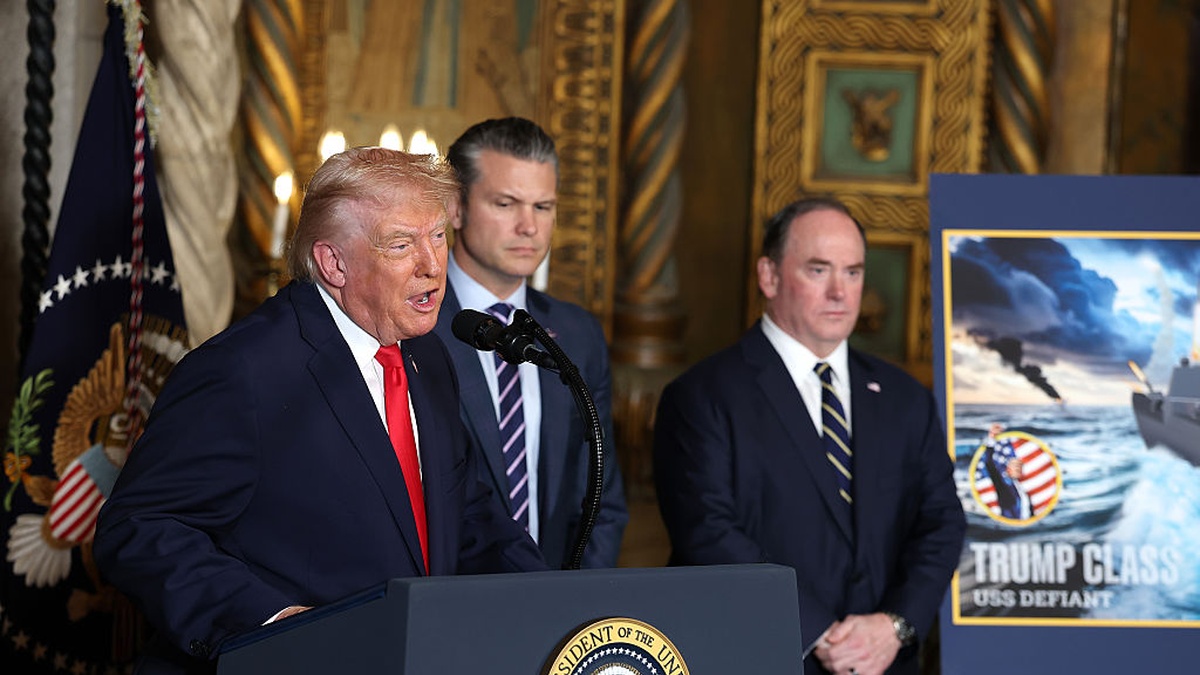
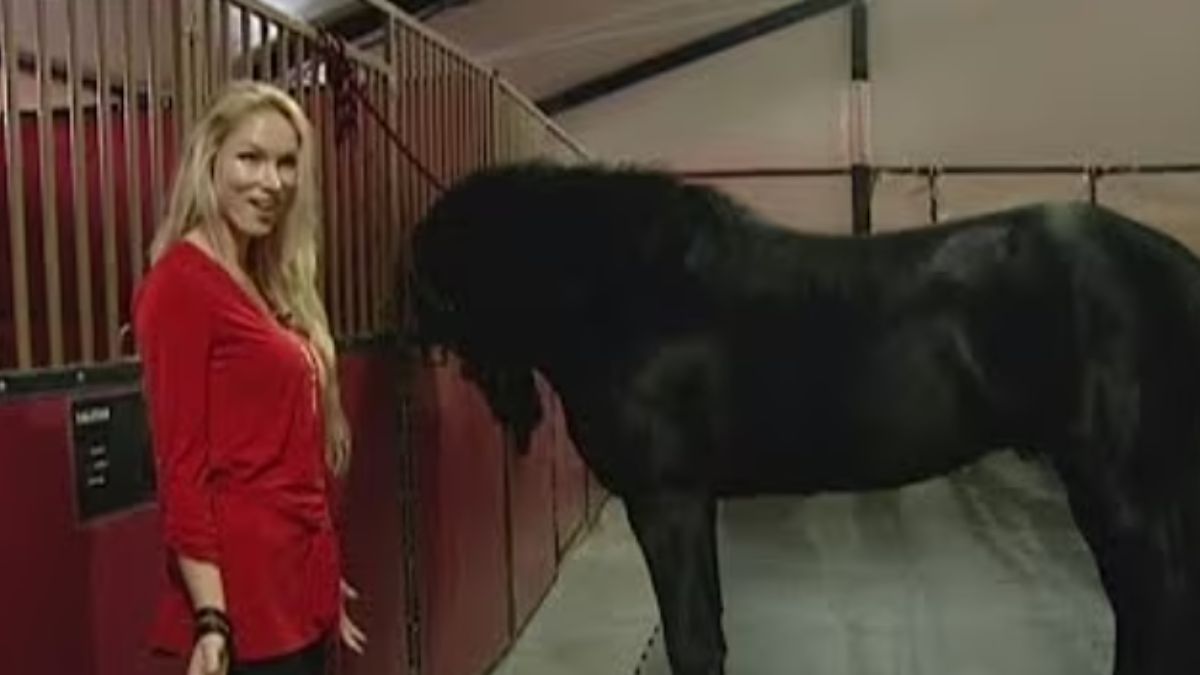
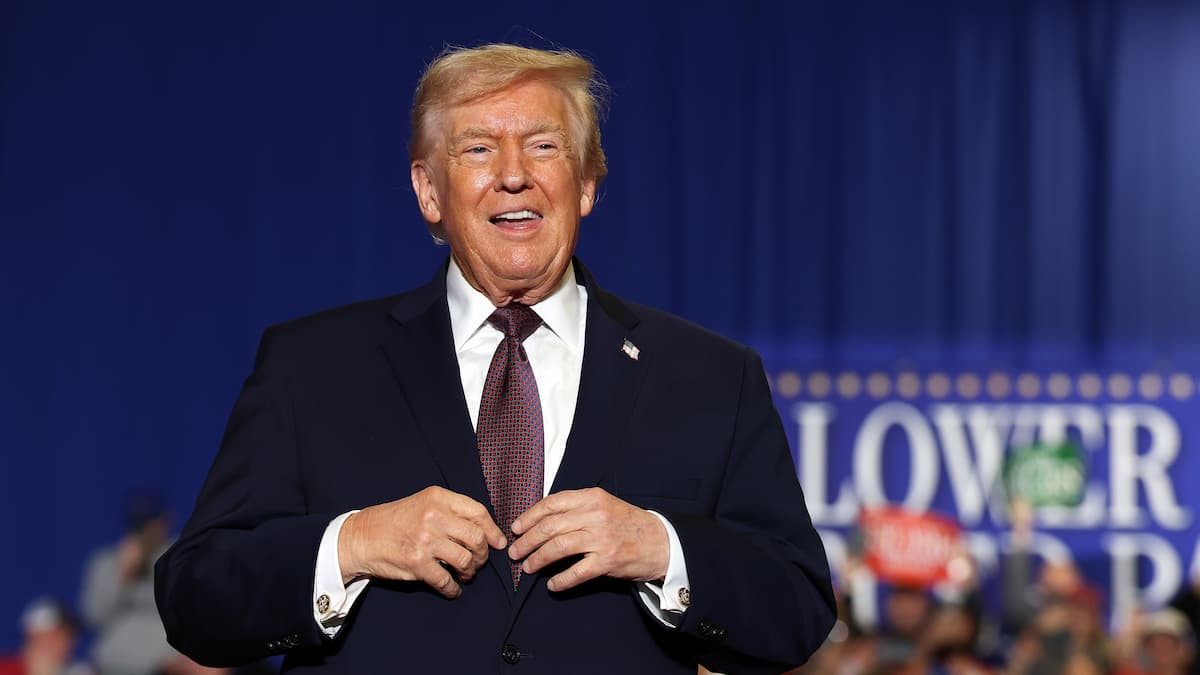
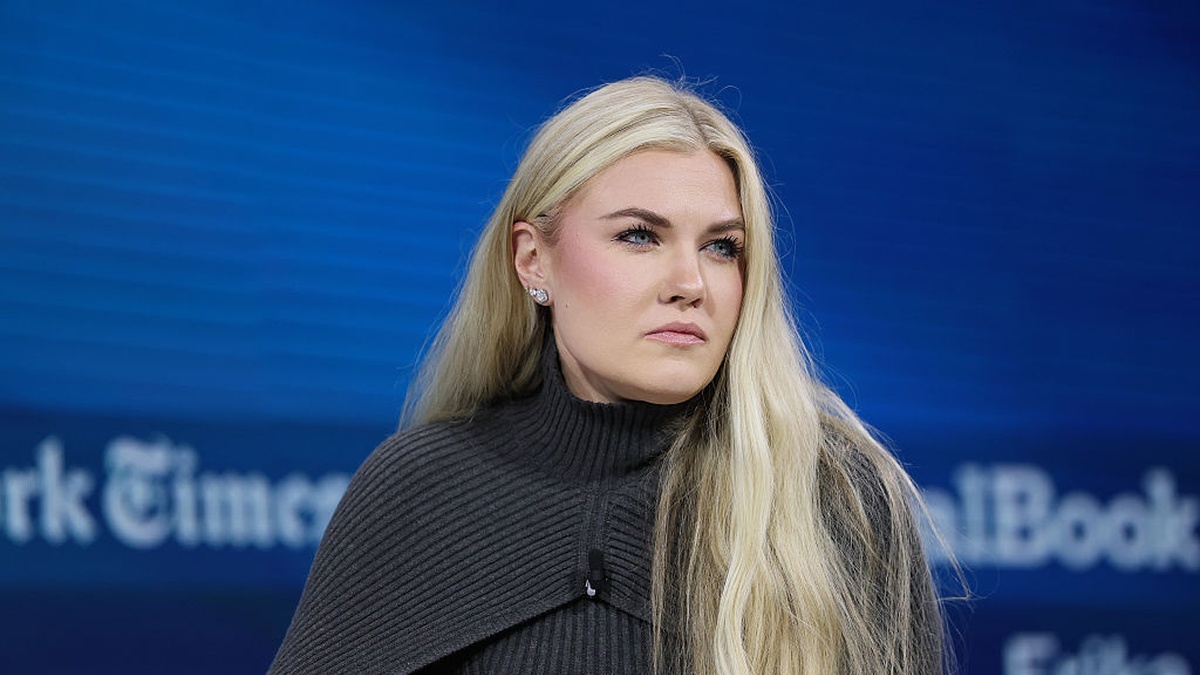
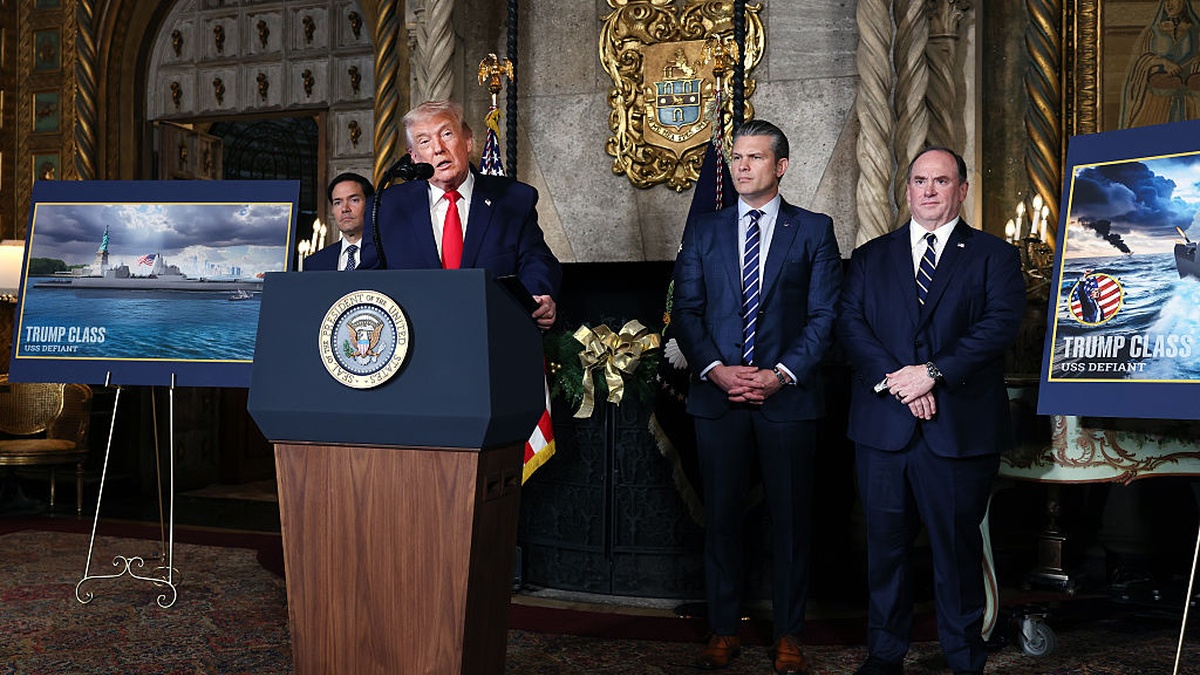

Published: Aug 18, 2023 05:52 am